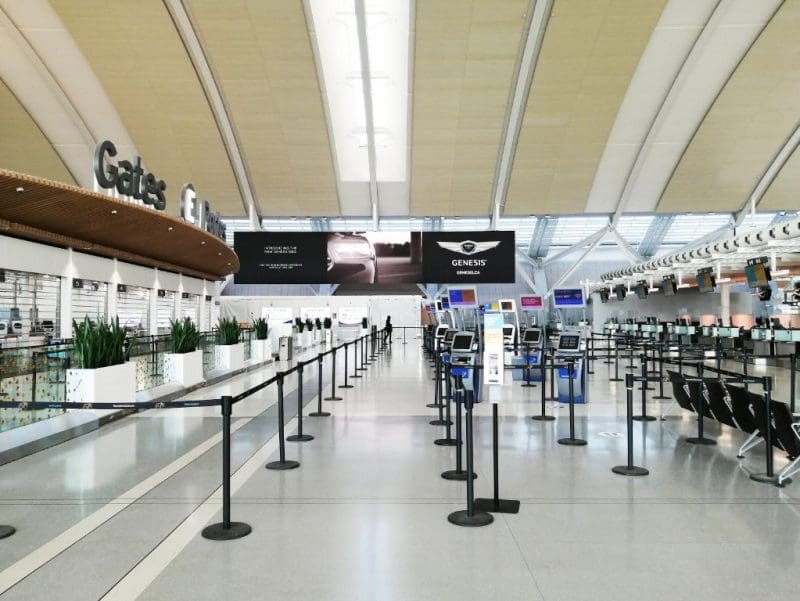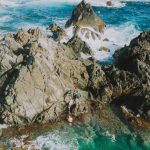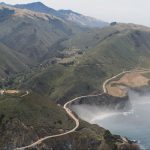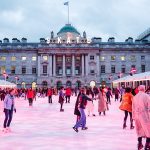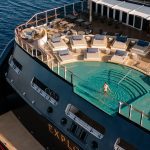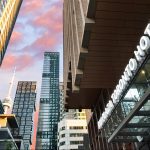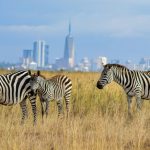Welcome back to Europe
A travel advisor's take on travelling during the pandemic
Teodor Mihail with Unravel World Travel, which is powered by Centre Holidays, has embarked on three trips throughout the pandemic ranging from domestic travel to the Mayan Riviera and even Europe. While travelling to Holland, Switzerland and France, he observed the many ways that airlines, rail companies and hotels are coping with the new normal, and says the experience was worth the 14 days of self isolation upon return.
“I’m happy I got the inside scoop on what it’s like to travel during the COVID-19 pandemic and can now advise clients what it’s like to travel as the pandemic continues,” Mihail tells Travel Courier. “It was totally worth it. I work from home so the self-isolation was not a problem for me. And usually, when I come back from trips, I have to catch up on client inquiries regarding refunds and other issues that may have arisen which were not urgent. So I was pretty busy for the first few days after returning. Nothing beats having the wonderful experiences I had in some beautiful countries.”
From takeoff to landing back in Toronto, here’s Mihail’s firsthand account about what it’s like travelling during the pandemic.
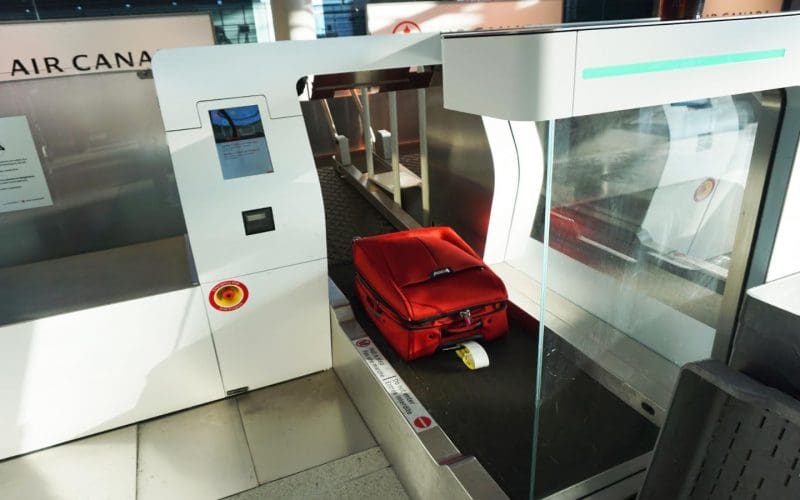
Tell us about where you’ve gone and why you decided to travel during the pandemic?
I travelled to Holland, Switzerland and France. With proper preparation and precautions, an amazing vacation is always possible. If anything, right now there are fewer travellers due to ongoing travel restrictions between different countries, so attractions are less busy. On another note, I’ve had quite a few clients call me and ask if travel is possible. They also ask if there are extra restrictions at airports, whether extra documentation is required, and a lot of questions that make travel agents look like shining stars. I also feel great to have supported the different suppliers, such as airlines, hotels and tour companies, which have all suffered tremendously since March. And on a personal note, I collect miles with several airlines and points with a few hotel chains. During the pandemic, many of those companies are offering extra miles (sometimes double, triple or quad) in order to get people traveling. So in the end, traveling right now does have its benefits.
Regarding the 14-day quarantine upon return, this is one of the biggest blockers for Canadians (and any country worldwide that has the same rule). I’m fortunate to work from home, which means I don’t need an extra 2 weeks of vacation time in order to accommodate the quarantine. But at the same time, it’s understandable why many are not traveling, as not everyone is in that boat.
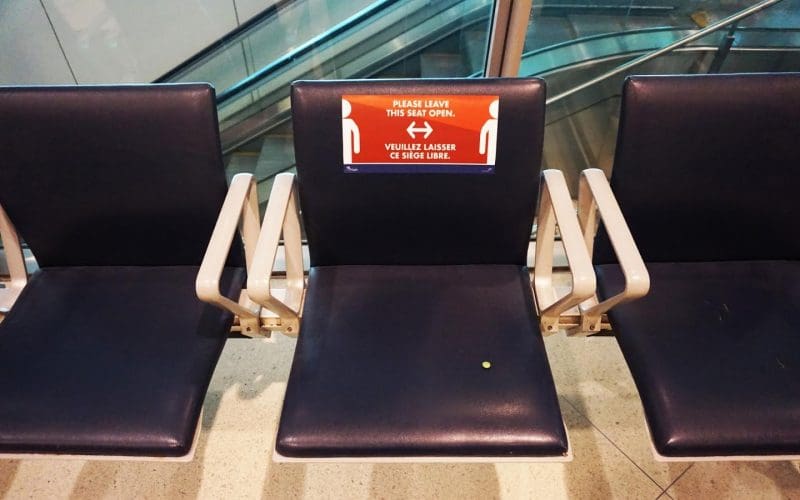
What was it like going to Holland, Switzerland and France and how are rail companies and hotels adapting to the new normal?
To summarize it in one sentence: it was a bit different than I was used to, but still amazing to find myself exploring the historic cobblestone streets and beautiful landscapes of Europe. In smaller cities and towns (referred to as hidden gems outside the big tourist centres), it pretty much felt like the “old normal.” The only difference, of course, was the use of masks in buildings, tourist attractions and sightseeing buses or boats. In bigger cities, a slight change was visible.
Here are a few things I noticed:
In Amsterdam and also the small town of Ultrecht in Holland, I took a sightseeing boat around the canals. Seats were pre-assigned and boarding was done based on seat numbers. The travellers sitting furthest in the back (opposite side of the door) were the first to board, and the ones closest to the door were the last to board. This was done in order to minimize people walking by other people, as part of social distancing. When disembarking, the same was done but the other way.
In big cities like Amsterdam, my temperature was taken before boarding one of their many sightseeing boats, which filled up fast. In small cities, my temperature was never taken.
Seats are assigned according to how many in the group. If there are four people traveling together, they will be sitting together. If it’s just one person, he/she will not be placed next to four people travelling together as part of social distancing.
Social distancing signs (as we see in stores and almost anywhere) are even visible on the streets, sometimes even where there’s no tourist attraction nearby.
Reservations must be made for the majority of tourist attractions, for a specific time. Some attractions don’t require it, however, it is strongly recommended. This is another way of minimizing human contact. I have several examples:
De Haar Castle outside Ultrecht, Holland: I booked my visit at 08:30 and the first available entry time was 14:45. If I had just made my way there, I would not have been able to enter.
Cheverny Castle in France: reservations not needed, because there are nowhere near as many tourists as in 2019 due to COVID-19. When I arrived there, I only waited 10 minutes in line.
Chambord Castle in France: reservations are recommended, but only to pass the line as well as minimize human contact. Booking a specific time is not required for the same reason as at Cheverny.
Adapting to the new normal for rail companies:
Social distancing is encouraged in the train station, with the usual social distancing signs. Masks are required onboard the train, and enforced. When I was onboard a train in Ultrecht, Netherlands, ready to depart for Rotterdam, a security guard from outside noticed I wasn’t wearing a mask. He knocked on the window from the outside and then pointed to his mask. Likewise, announcements that welcome passengers onboard the trains are followed by an announcement that masks are obligatory throughout the ride. And I’m sure that ticket inspectors are also trained to observe and tell passengers to wear a mask. No one told me that, because other than the “funny moment” on the train in Ultrecht, I always had my mask.
Other than that, I did not notice anything different. In Europe, many trains have two seats, a table, and another two seats facing the other seats, making it look ideal for a group of four to sit together. There are no rules as to where one must sit, except on a few companies and/or trains, which have assigned seating. Examples include tourist trains in Switzerland, like the Gotthard-Panorama Express, and all TGV trains in France. But even then, if it’s only one person traveling, there is no guarantee that the adjacent seat will be left empty. Germany’s ICE trains also have assigned seating. Not only that, but each seat has a small screen which says when the seat is reserved. For example, I was travelling from Basel to Zurich (about one hour), on a train coming from Hamburg. My seat clearly said that it was reserved from Basel to Zurich so no one sits there. Or if someone does sit there, they know that they must vacate it prior to arrival in Basel.
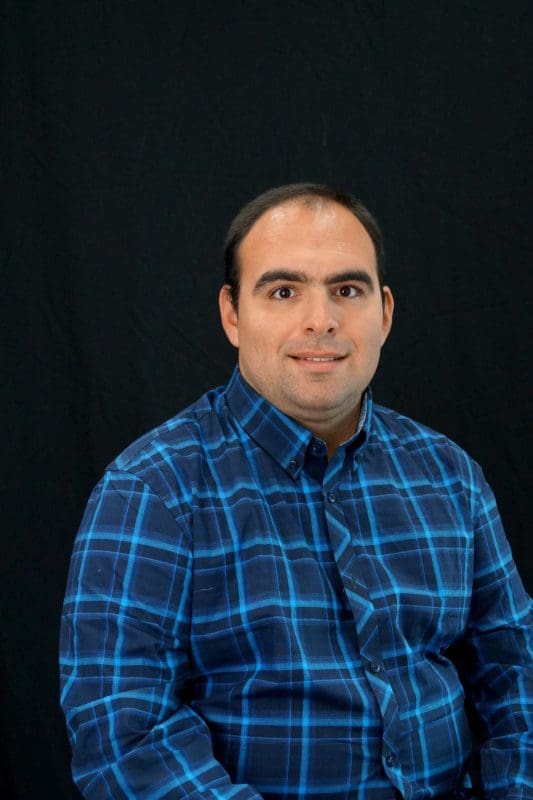
Check out the check-in
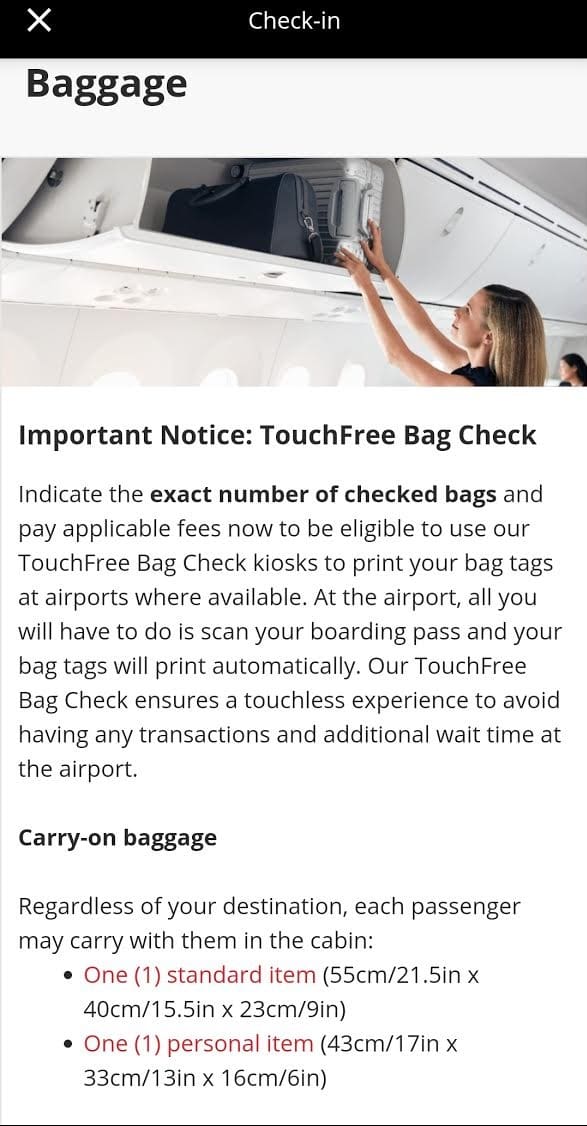
Air Canada passengers can utilize a touch-free bag check at YYZ
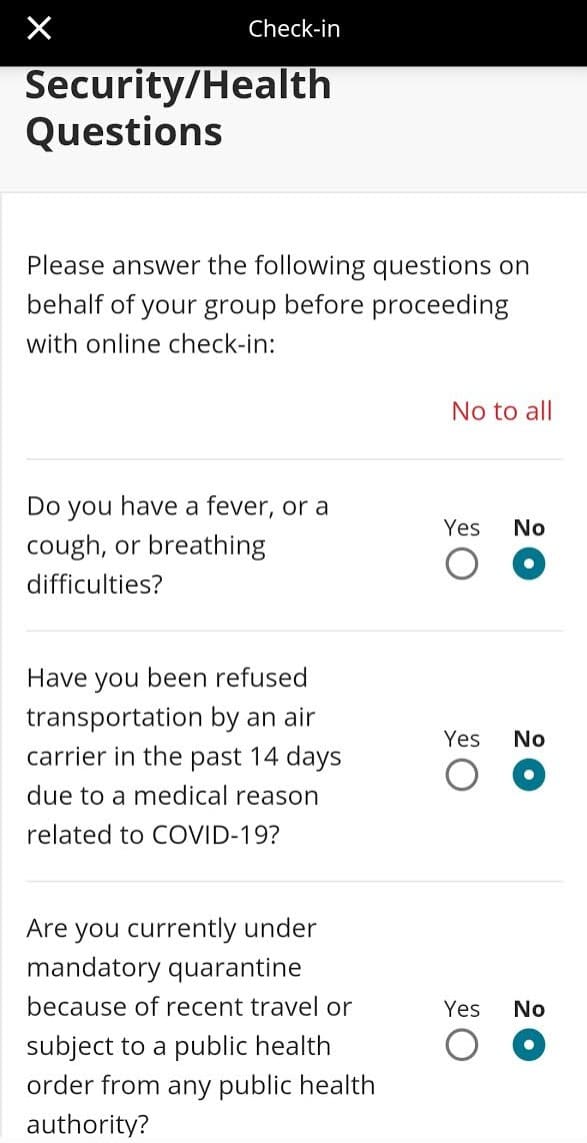
During check-in, guests travelling with Air Canada must now answer a set of Health Questions
Adapting to the new normal for hotels:
All hotels I visited, not only in Europe but pretty much everywhere including Canada, have taken strict security measures. The measures vary by hotel and/or hotel chain. Here are a few things I noticed:
At check-in, plexiglass shields are installed at the front desk in order to keep a safe distance between the check-in staff and guests.
Hand sanitizer is present at the front desk and throughout different hotel facilities.
Your temperature is taken upon check-in.
Online check-in: although fairly new, online check-in has existed for hotels prior to COVID-19. Using a mobile device, guests can check-in online and fill out all the information in order to avoid paperwork upon arrival. Big and upscale hotel chains, like Hilton, also allow you to choose your room and obtain a digital key. The digital key can be used on your mobile device (like digital boarding passes) not only to unlock your room, but also the elevator if the hotel requires the key to be tapped on the elevator. I experienced that at a Hilton hotel in Den Haag, Netherlands, and it worked really well. Other hotels, although they allow online check-in, they do not allow you to choose your room. They simply do it to avoid paperwork, and improve service by having the key all ready for the guest upon arrival. A current issue with online check-in is when one books through any other source than direct through the hotel’s website. I have noticed that some hotels are starting to work with technology to make this possible.
Some hotels, especially the lower-class and budget-friendly ones, do not currently have the option of checking in online. Those hotels will give a questionnaire asking whether you have any symptoms of COVID-19, or have been in contact with someone who had it in the last 14 days.
Contacting the hotel: some upscale hotels also have the option for guests to message the hotel through the app. The day I arrived at the Hilton in Den Haag, I had realized prior to arrival that I wanted to extend my stay for another night. The Hilton app had a button called “message hotel”. I sent a message about extending for one more night, and they replied in 20 minutes that they had extended my stay for another night as requested. This was wonderful service, and shows that there are ways to use technology to improve the customer experience. Without this technology, I’d have to either wait until I arrive there, or make a brand new booking and hope that I can keep the same room.
Masks are required from the moment you enter the hotel until you arrive in your room (and from when you leave your room until you leave the building).
Many hotels will “quarantine the room” for 3-5 days after a guest checks out. This means that, after the guests leave and the room gets cleaned, no one can have it for the specified “quarantine period” that the hotel has decided on, in order to ensure any potential germs disappear. For the guests, this is a great assurance that it is safe to travel. But on the hotel’s side, this can be a huge profit loss. I cannot imagine how hotels can leave rooms empty and still be profitable, when the goal is to reach as close as possible to 100% occupancy.
We're living in a digital world
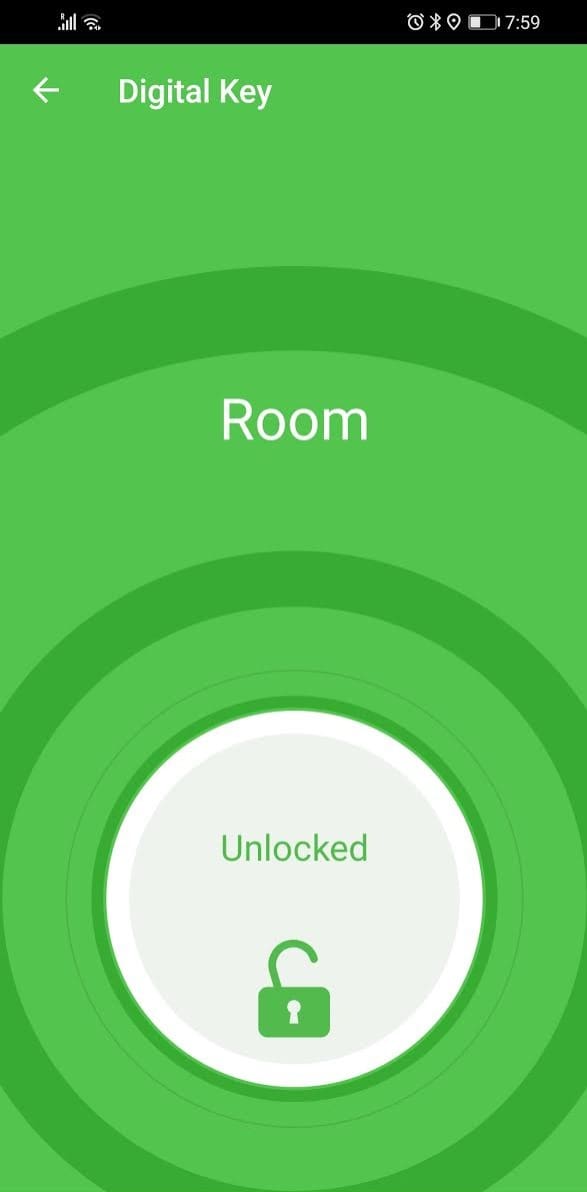
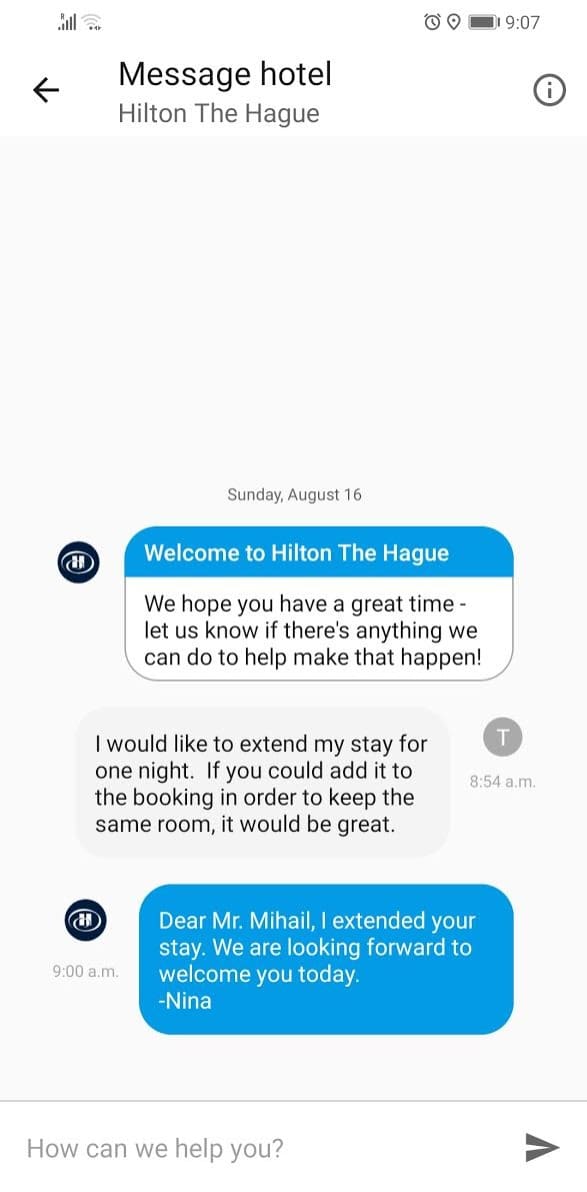
What airlines have you flown during the pandemic and what new safety procedures and precautions were implemented?
Throughout the pandemic, I flew Air Canada, KLM and Air France. Airlines have implemented great safety procedures to fight COVID-19. It seems like the procedures are working well, as there has been very little, if any, transmission of COVID-19 from planes throughout the last few months. It seems like airlines were the fastest companies in the travel industry to adapt, and I felt perfectly safe to fly.
Before arriving at the airport:
When one checks in online, there are security and health questions asked regarding any symptoms of COVID-19, and whether the passenger is currently under mandatory quarantine. And as it has been a norm for years, one can pay baggage fees online (if applicable) and print their boarding passes or even download a mobile boarding pass. These are now strongly recommended, not only for a smoother airport experience, but also minimizing human contact.
At the airport:
Upon entering, I was asked where I’m traveling to and given hand sanitizer. My temperature was taken with a thermal temperature scanner. If someone hasn’t checked in online, it can be done through the kiosks. Every adjacent kiosk was blocked as part of social distancing. Staff were walking around sanitizing kiosks that had just been used. And one can even print their baggage tag online and check-in their bag through a Touchfree bag service. This has also been added in order to minimize human contact. If anyone has difficulty with technology, staff wearing masks are always there to help. Also, adjacent seats in the sitting areas in front of gates are blocked, with signs saying to leave the seat vacant as part of social distancing.
Airline lounges:
The only lounge I used was the Air France lounge in Terminal 2E of Paris Charles de Gaulle International Airport. I was there in the morning when breakfast was still being served. The buffet had food on it, however, one must ask staff for the food. The coffee station and fridge serving drinks were self-serve. The biggest change, however, was the many magazines that exist in airline lounges. The shelf that has them was completely empty, with a sign saying to download the Air France Play app. One must download the app, enter their booking information to show that they’re flying, and then the magazines can be downloaded into the app. They’re valid for an indefinite period as long as you don’t delete the app from the phone. The down side was, they cannot be downloaded as a PDF in order to save it to your phone or computer without having the airline app.
Onboard the plane:
Air Canada implemented the CleanCare+ program. Upon boarding, travelers are provided with a bag that has a mask, hand sanitizer, gloves, and a bottle of water. Gloves are not mandatory, and generally, one must have a mask that they wore in the airport. In other words, travellers get a mask in case they want to replace it. Masks must be worn throughout the flight except while eating. Almost all airlines have implemented a similar program, but with slight differences and different names, depending on the airline.
Some airlines are not serving meals at all on flights within the same continent. KLM and Air France did serve meals as usual on the transatlantic flights.
A shocking new normal is that less airlines are now offering an in-flight magazine. I’ve always been a fan of those. Other airlines are offering it through the airline app (the same way as mentioned under airline lounges where one must download the airline app). The only airline that offered a printed magazine onboard was KLM. It’s a bit disappointing to see those go, however, some sources say that the magazines will once again be offered after a vaccine is found.
Arriving at the destinations was plain and simple. My destination on this trip was Amsterdam. Arriving at Schiphol airport, I could sense an empty airport with lots of flights scheduled to depart, although it was 05:40 when I arrived. Lineups were no longer than 5 minutes long, and all I was asked was why I was traveling and what day I’m returning to Canada. The customs agent didn’t ask where in Europe I’ll be travelling.
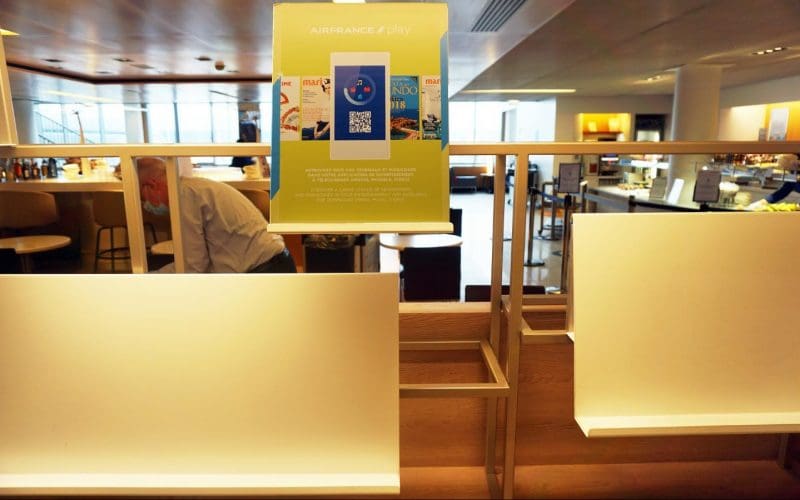
What was the experience like overall in Europe? Is mask-wearing enforced or encouraged?
Overall, it was a wonderful experience. Tourist attractions were all open, so were restaurants and almost everything. Restaurants weren’t as busy, but still had a decent amount of customers. With less people traveling, it was much easier to get into tourist attractions, and far shorter lines. For example, I arrived at the Chateau de Chambord in the Loire Valley of France at 08:40, and the opening time was 09:00. There were 3 people in line, and by 08:58, there were 20. Prior to COVID-19, especially in August, there would be 20-30 people arriving 30 minutes early, and by opening time, the lineup can already be 45 minutes or longer for those who didn’t book skip-the-line tickets.
Mask wearing is enforced in tourist attractions and pretty much anywhere indoors where it is mandatory. On the streets it is not enforced. If I would walk into a store or any tourist attraction, I’d always get asked “sir, do you have a mask?”
On another note, in France, mask-wearing is actually obligatory on the street. I didn’t realize that until my second last day prior to returning to Canada, because it is not enforced. There are even security guards standing on the streets in big cities like Marseilles (I’m guessing for crime prevention), and no one told me to put my mask on.
What do you think those in industry should know about travelling again?
The travel industry is slowly starting to rebound, and it’s going at a very slow pace due to lack of travellers as a result of fear. Ever since April or May when airlines introduced in-depth cleaning procedures, there has been very minimal tracing of COVID-19 caught on planes (or even none). The seats are sanitized, and there’s a reason why airlines removed the in-flight magazine and some meals. On the customer side it’s sad, but in the end, safety comes first. Then the HEPA filters run air through to filter out a high amount of contamination that could create an unsafe atmosphere. They capture 99.9% of bacteria and other virus clumps and the air passes through the filters 20-30 times per hour.
Once at destination, hotels and rail companies are taking more precautions, as mentioned in my answers above. Tourist attractions are limiting the amount of visitors in order to maintain social distancing, which is why reservations are required. And not to mention masks being required around the world. Companies and destinations are continuously looking for ways to increase consumer confidence and improve safety in the context of possible disease contracting, but until then, travel is already much safer than it was prior to March. Therefore, travel is possible and safe.
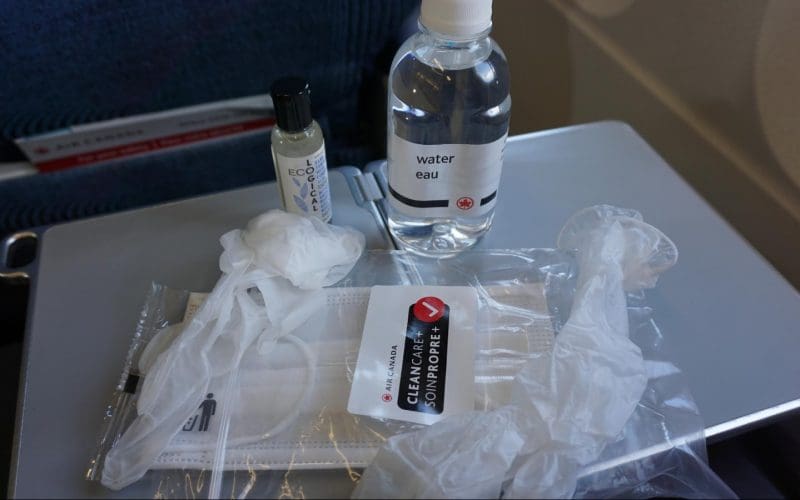
Are your clients currently booking trips despite these requirements?
Surprisingly, I’ve had quite a few inquiries from clients whether travel is possible. Many of them objected due to the self-isolation upon return, but I’ve had lots of clients book tickets to Romania since I have a strong presence in the Romanian community. Other bookings I’ve had were domestic trips and tickets to Central America. Profits are nowhere near what was last year or forecasted for this year, but it’s interesting how I’ve been able to close quite a few sales during the pandemic.
I think part of the reason for this was not directly the fact that people are traveling. But this shows that an increasing number of clients are now realizing that “you think you know it all”, and turning to travel agents. This was illustrated by the fact that many of my bookings were for new clients, who were either recommended to me or I had them on Facebook. They asked several questions that show the true value of travel agents. The most common ones included:
Entry requirements during the pandemic, and whether Canadians can enter
The mandatory self-isolation (which some clients didn’t know, and this is what made them not travel)
Whether there’s a mandatory self-isolation at destination for Canadians
Whether hotels and tourist attractions are open and safe
If planes are flying, and what happens in case the flight gets cancelled (the answer being, they will be reprotected, and I’ve had clients who I had to reprotect up to 5 times due to flight cancellations or suspensions)
Can you tell us a little about yourself?
I have been in the travel industry since 2009. I worked for a brick-and-mortar travel agency for four years, after which I discovered the opportunity of running your own home-based business powered by a host agency. That is when I joined Centre Holidays, and it has been the best decision I’ve made. I have complete freedom, as well as all the support I need. There is also no need to worry about the number of vacation days (which is what allowed me to take this trip). And when I am on vacation, I always ask another Centre Holidays agent to act as my backup so I don’t need to call long distance and pause my sightseeing while helping clients. My top specialties are vacations to Europe and All-inclusive Caribbean vacations, however, I always stress that I can book anything. I’ve travelled to many places and have a strong knowledge of tour operators and other suppliers, so I have no problem recommending travel products for all destinations around the world.
My first trip was in 2000, when my parents planned our first family trip to Paris, Barcelona and back to Romania (our homeland). The next year we went to Mexico, and that was when I was bitten by the travel bug. To date, I’ve traveled to over 40 countries in North and Central America, Europe, Asia and the Middle East, and also New Zealand. I’ve travelled in all kinds of styles – from staying in a local village in Asia, to hostels, to luxury hotels. From Economy to Business Class. I enjoy using my wonderful travel experiences to send others on amazing vacations, and helping them have a wonderful trip.
Do you have anything to add?
It is simply devastating to see what the travel industry has become. I could not help but notice how Toronto Lester B. Pearson International Airport has become a ghost town, in both terminals. While the travel industry is starting to rebound, travel still feels very different. I just pray that the mandatory self-isolation upon return to Canada gets replaced with COVID-19 testing. Air Canada is making an effort to offer testing for arrivals in Toronto, and it feels like the government is ignoring this initiative by having extended the mandatory self-isolation to October 31.
Suppliers like Air Canada Vacations, Transat and Sunwing are even offering free COVID-19 insurance with their packages to the Caribbean, and so are many of the top resort chains. This is not something that you would see prior to the pandemic. The government has taken a close look at all industries while leaving travel out of their interest. I think they need to take a few weeks to look at travel and finding ways to replace the self-isolation. Dubai has replaced it with mandatory COVID-19 testing 72 hours prior to the flight, and their tourism sector is booming. Every week, Emirates and Etihad add new destinations to their portfolio which have been suspended since March. If the U.A.E. can do it, so can Canada and all countries in the world. The #1 blocker to tourism is the mandatory self-isolation upon return.
